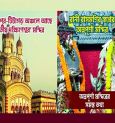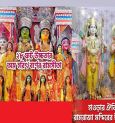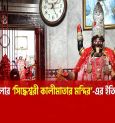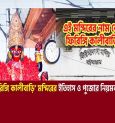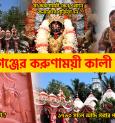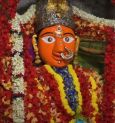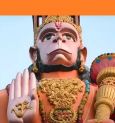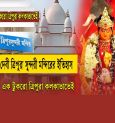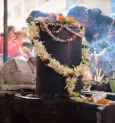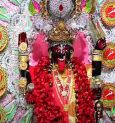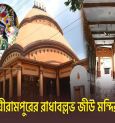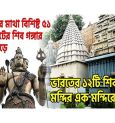In the annals of history spanning 762 years, the Ranaghat Temple along the banks of the Nadia harbours the sacred pujo of the Sharma Bari. Presently renowned as the 'Buro Maa' Durgo Pujo, this celebration has transcended borders to captivate a global audience. Amidst the festivity lies a tapestry of antiquity, with echoes of bygone eras resonating within the temple's octagonal veranda and cemented structure, each bearing witness to its storied past.
Legend has it that in 1262 AD, when Ramkumar Chakraborty visited this locality, then known as Brahmo Danga, he initiated the Pujo. It is said that he received a divine vision to seek alms from five households, thus laying the foundation for Uma's establishment in the Nadia district.
However, the tales of 'Buro Maa' resonate not only among the locals of Ranaghat but also among aficionados of Bengal's ancient rituals. Among these, the pujo at the Sharma Bari's ancestral abode holds a prominent place.
A member of this household, Soumen Sharma Chowdhury, attests to the reverence accorded to their revered 'Buro Ma'. The annual Pujo is a grand affair, with Maharaja Krishna Chandra Roy's contributions engrained in its history. His presence ensured financial support amidst numerous mystical occurrences witnessed within these hallowed walls.
The uniqueness of this pujo lies in its simplicity, with traditions like Dhuno Porano (incense burning) and Kada Khela (tug-of-war) adding to its charm. Adhering to the age-old custom, the Pujo continues to rely on alms from five households, fostering a sense of humility among its members.
Special days like Saptami, Ashtami, and Navami see devout worshippers congregating at the temple, adding to its aura of spirituality and community.
 বাংলায় পড়ুন
বাংলায় পড়ুন


